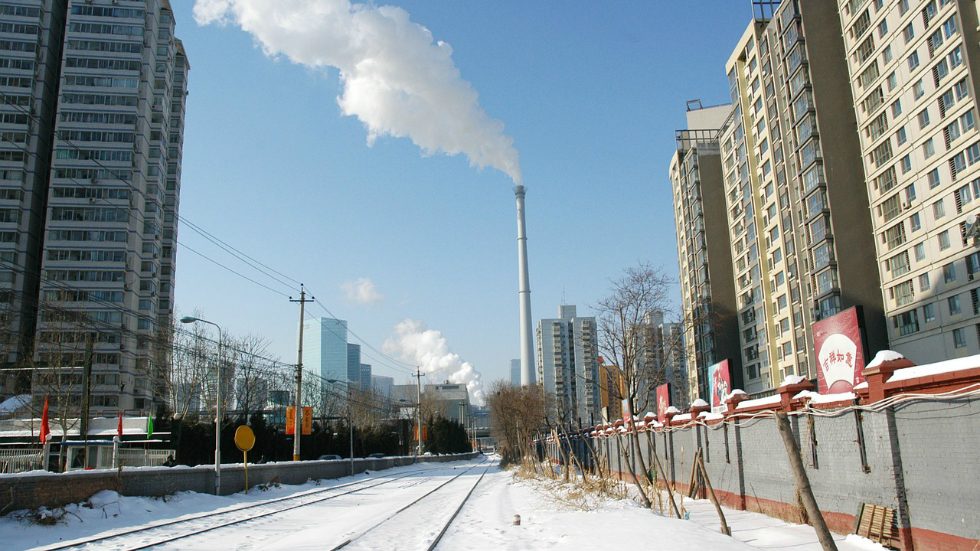China’s efforts to open itself to the world aren’t meeting much success of late, with MSCI’s refusal to admit the nation’s stocks to its emerging markets index the latest blow to President Xi Jinping’s ambitions. Now China’s attempts to build hard physical connections are looking like they, too, may disappoint.The developers of a planned high-speed railway between Los Angeles and Las Vegas this month pulled out of a joint venture with a unit of China Railway Group, the country’s second-biggest builder.
Start your deal-making journey now!
Subscribe now to enjoy unlimited access at just $59.
Premium coverage on private equity, venture capital, and startups in Asia.
Exclusive scoops from our reporters in nine key markets.
In-depth interviews with industry leaders shaping the ecosystem.
Already a Subscriber? Log in
Contact us for corporate subscriptions at subs@dealstreetasia.com



